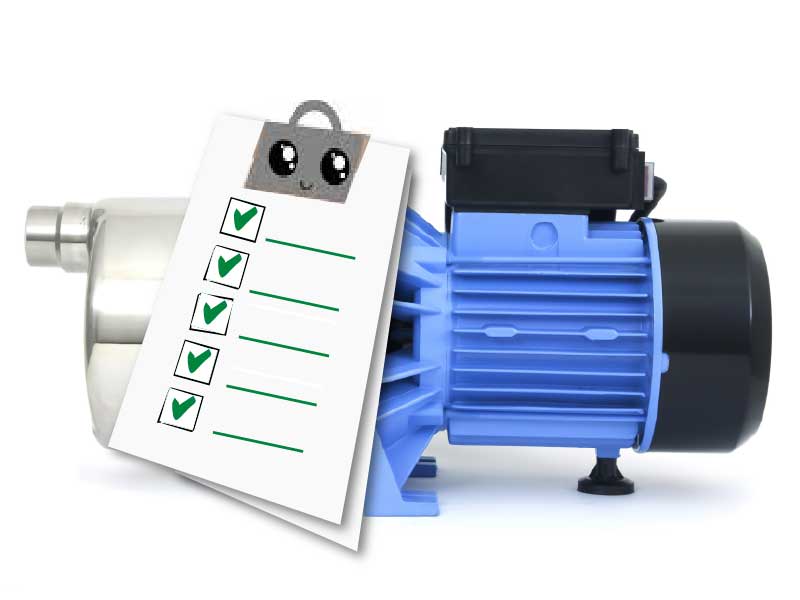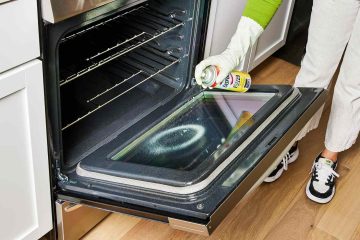5 WAYS YOU CAN MAKE PUMPS LAST LONGER

While pumps are generally reliable and make our lives easier, they are prone to wear and damage over time which can be detrimental. For instance, they are susceptible to leaks when the gasket, the part where the pump joins to the engine block, deteriorates. Therefore these vital pieces are subject to constant monitoring and maintenance to prevent damage and significant downtimes. One of the ways is to use sensors at critical points to protect a costly pump from the harm caused by dry running and other issues. Here are five ways you can make your pumps last longer.
Ensure material compatibility
One of the errors many people make is using the wrong pump for the job. If you use the wrong pump for the job, it will not last long, and you may have to deal with frequent breakdowns and damages, especially when handling corrosive materials. One of the critical considerations when choosing a pump at PumpBiz is the material properties, including the viscosity, flow rate, vapor pressure, etc. You must ensure that the pump body material and individual parts are compatible with the fluid’s characteristics.
Preventative maintenance
No matter how efficient and reliable a pump is, it is prone to wear and tear over time which is where preventative maintenance comes in. Many people make the mistake of leaving maintenance to the last minute, which is where problems start. In the long run, preventive maintenance costs three or nine times less than the cost of carrying out repairs when the pump breaks down. The user guide stipulates the required maintenance schedules.
Monitor pressure at the suction side
Cavitation refers to the generation of vapor bubbles that occurs in high-velocity liquids. Pressure spikes when these bubbles collapse, and cavitation can occur if the local pressure drops the fluid’s vapor pressure and then goes above it. It is crucial to monitor the suction head to pinpoint damage problems.
Avoid running the pump dry.
Some errors may result in a process that causes the pump to run dry, which causes an immediate failure of the seal. Allowing any pump to run dry, regardless of type, can lead to catastrophic damage. During standard application, the liquid running in a pump serves as lubrication between the rotating and stationary parts of the pump. The rotational action generates heat which the circulating liquid takes away.
On the other hand, if the pump runs without liquid, that starves it of the lubrication, and the moving parts generate heat due to the friction. As the heat accumulates, damage to the pump occurs; therefore, you should avoid any situation that causes the pump to run dry.
Correct piping
Improper piping layout affects the pump’s operation and efficiency, for instance, trapping air which causes turbulence. It can result in cavitation or suction problems for the pump. It is best if the pipe work is at least one size bigger than the pump inlet to prevent cavitation and enable maximum efficiency.
conclusion
A pump offers many uses, and running it appropriately and ensuring regular maintenance can prolong its lifespan.










